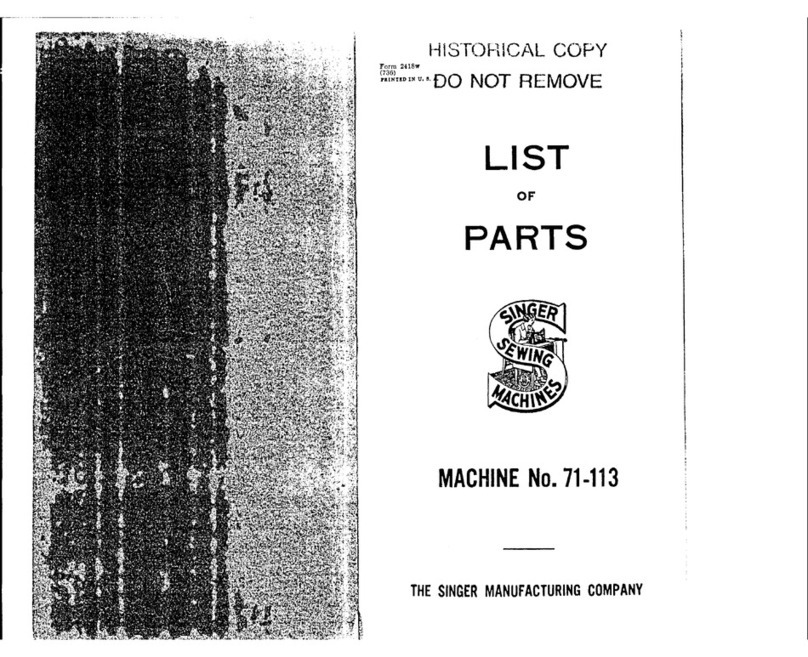Singer Quantumlock 14T957DC Operation instructions
Other Singer Sewing Machine manuals
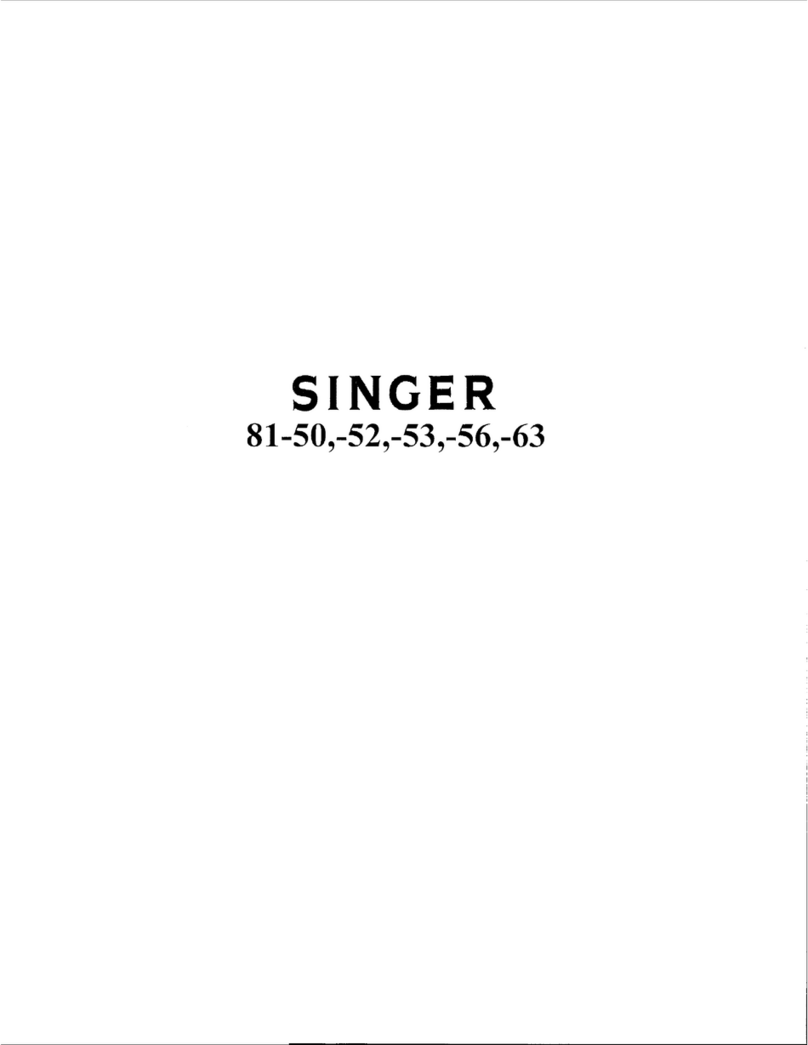
Singer
Singer 81-50 User manual
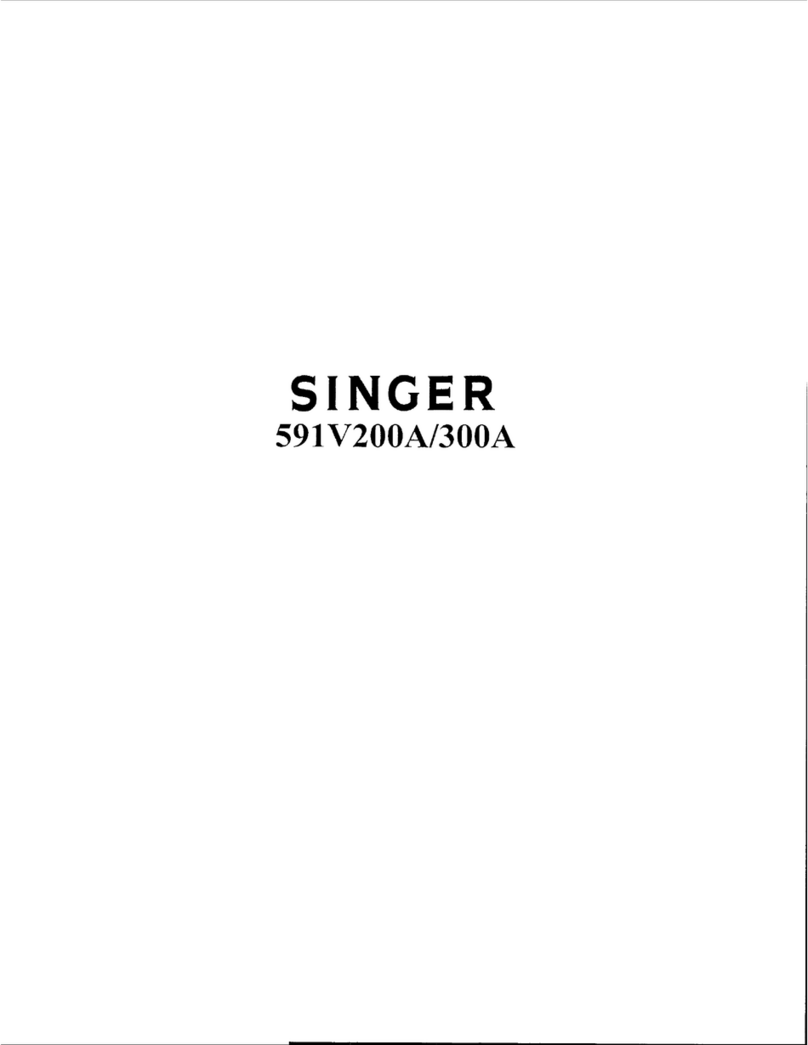
Singer
Singer 591V200A User manual
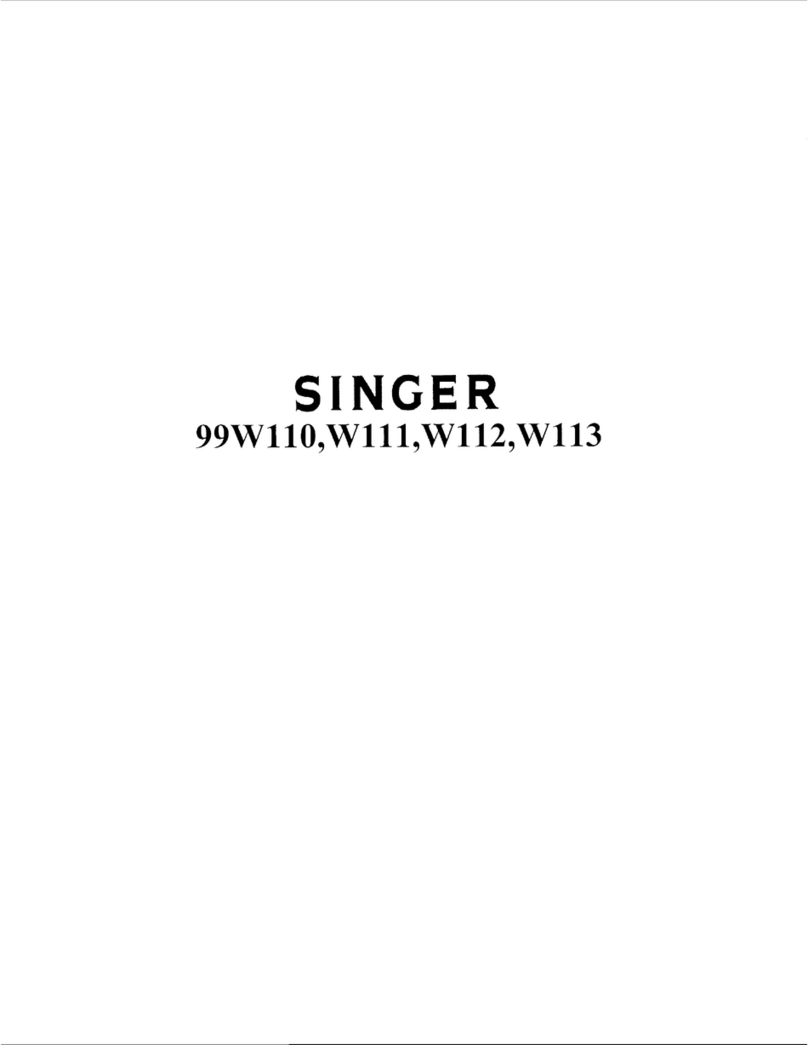
Singer
Singer 99W110 Quick start guide
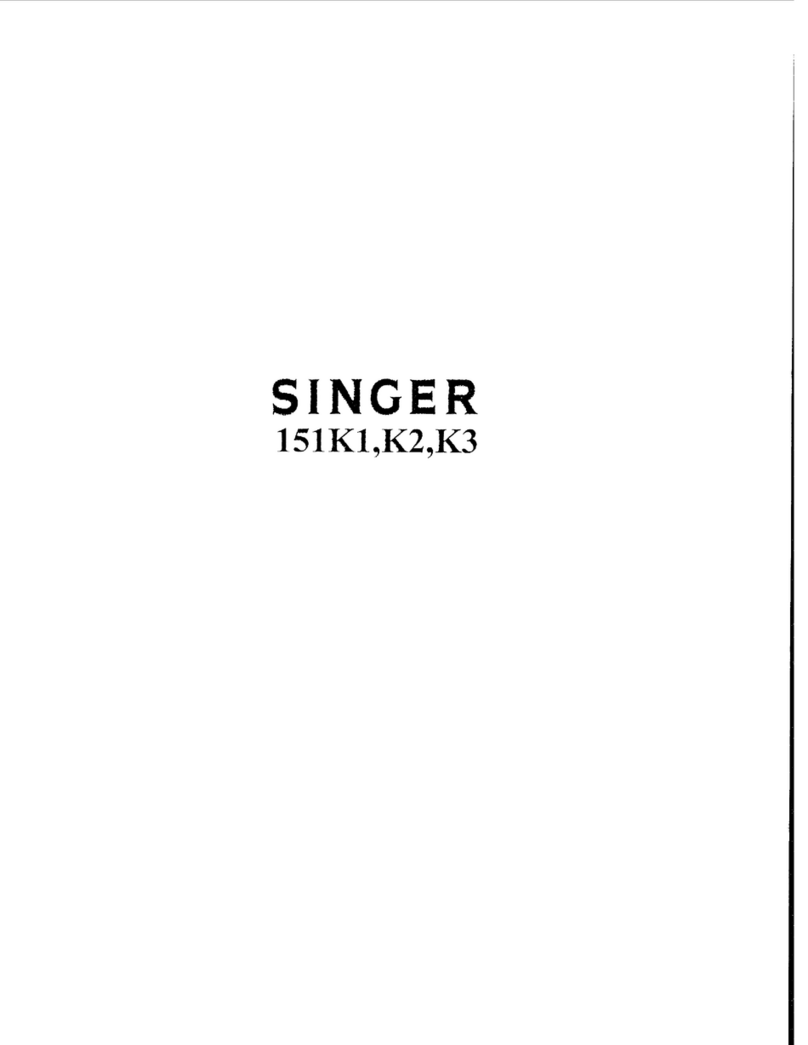
Singer
Singer 151K1 Quick start guide
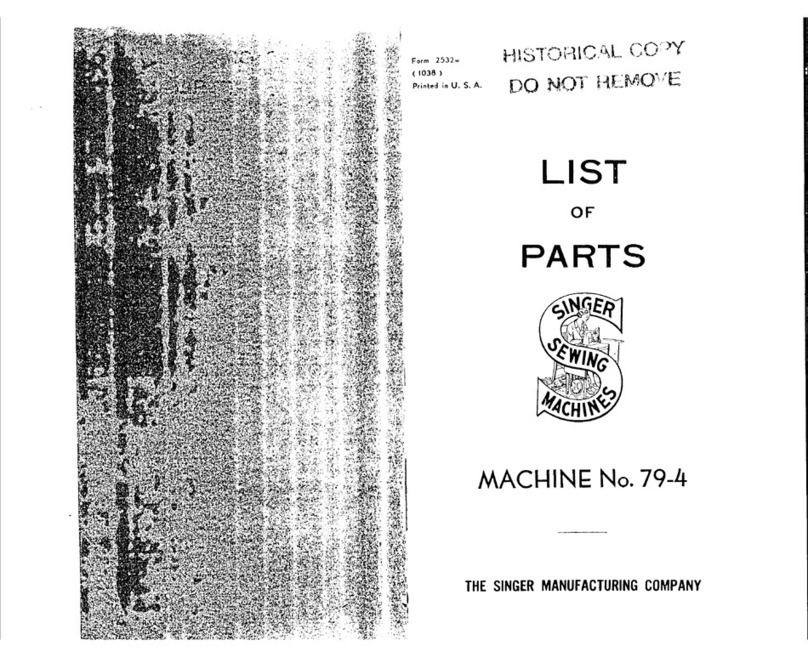
Singer
Singer 79-4 User manual
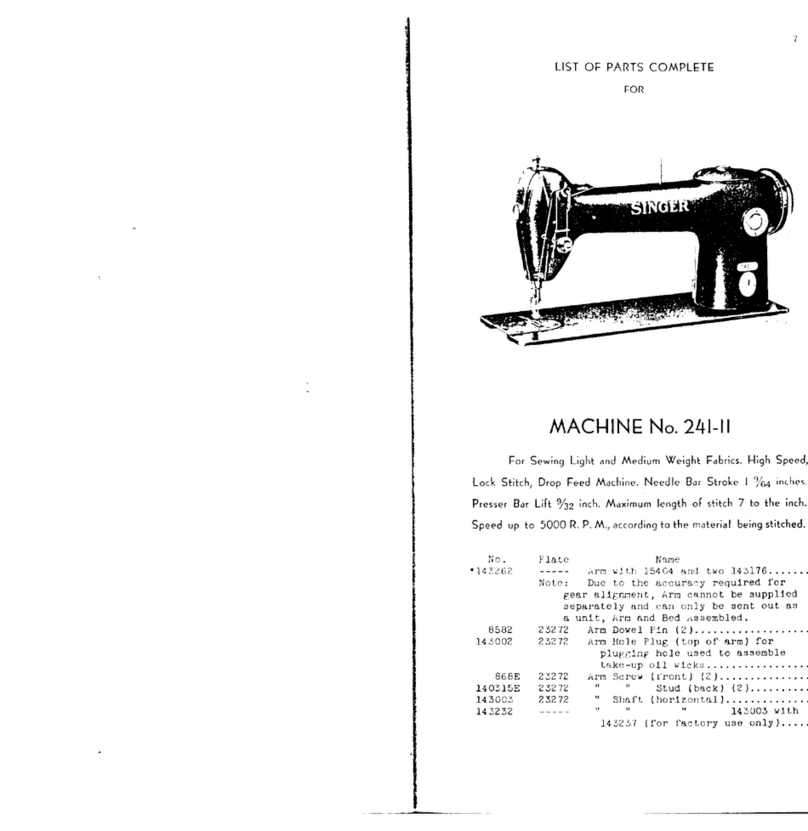
Singer
Singer 241-11 User manual

Singer
Singer 15-90 Installation and operation manual
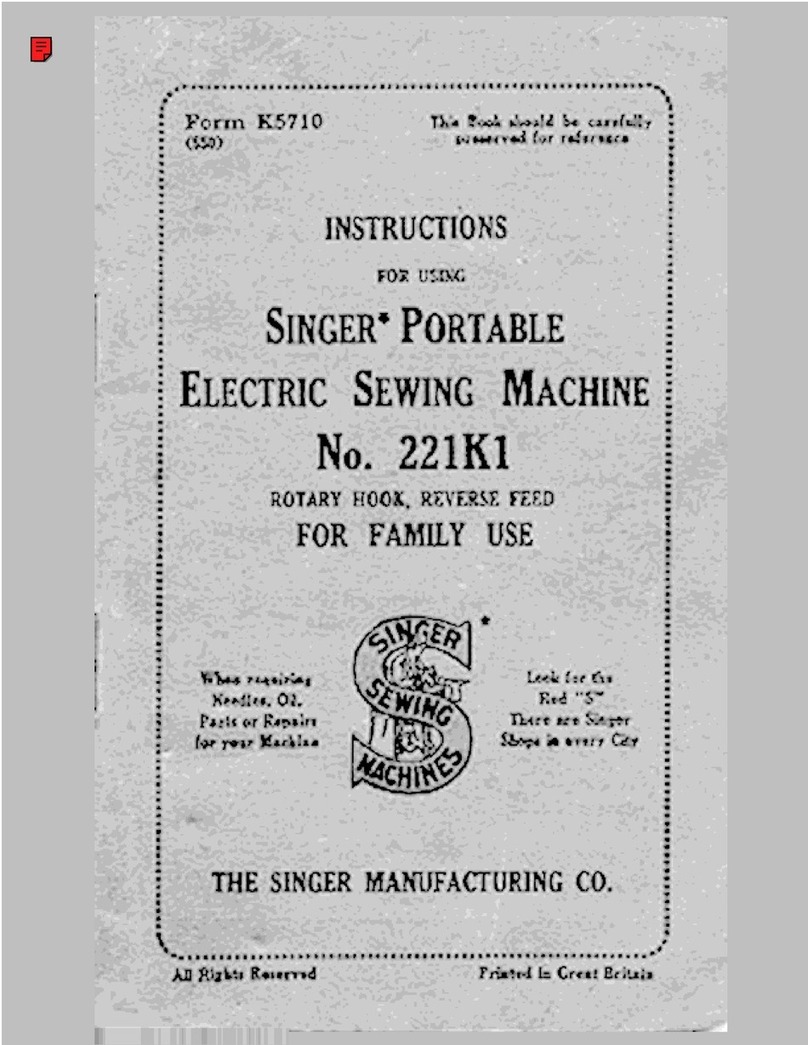
Singer
Singer 221K1 Installation and operation manual
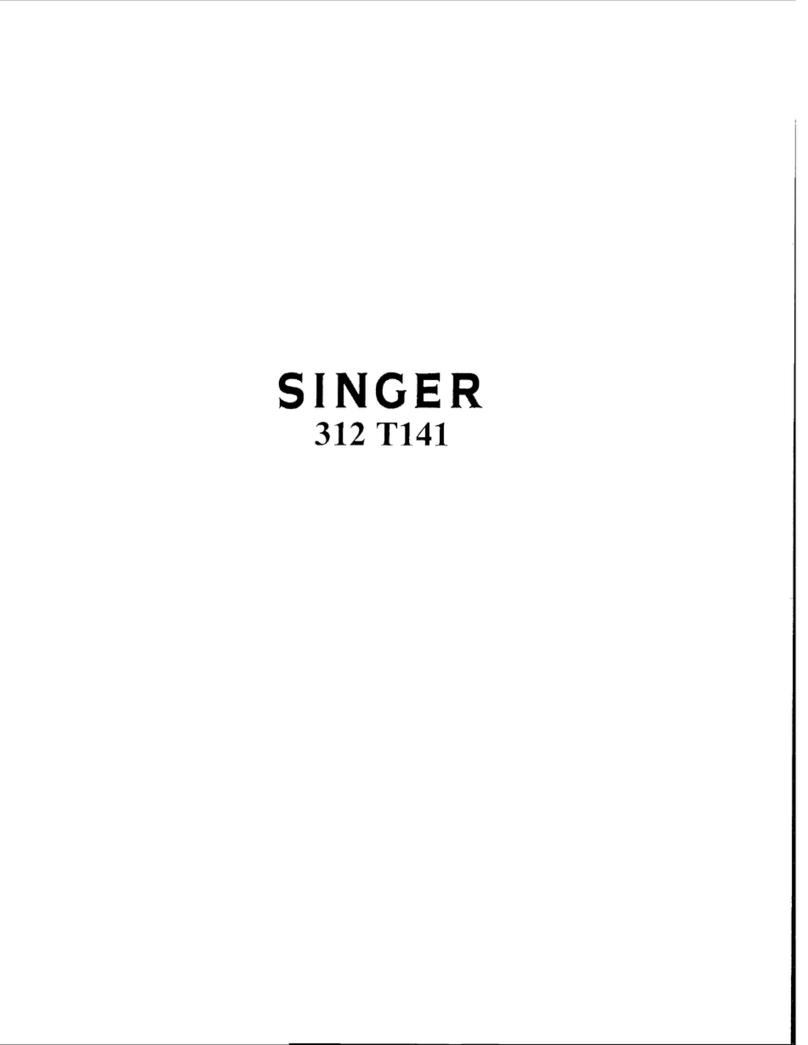
Singer
Singer 312 T141 Setup guide

Singer
Singer 3300 Series User manual
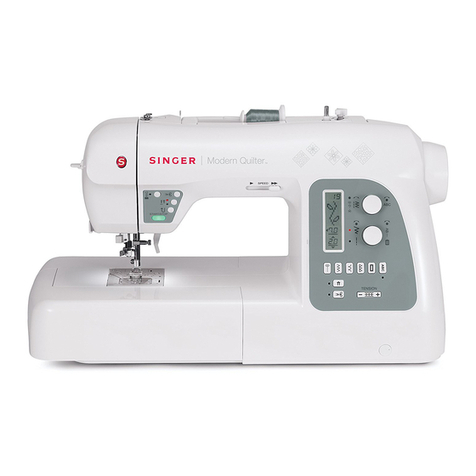
Singer
Singer 8500Q User manual
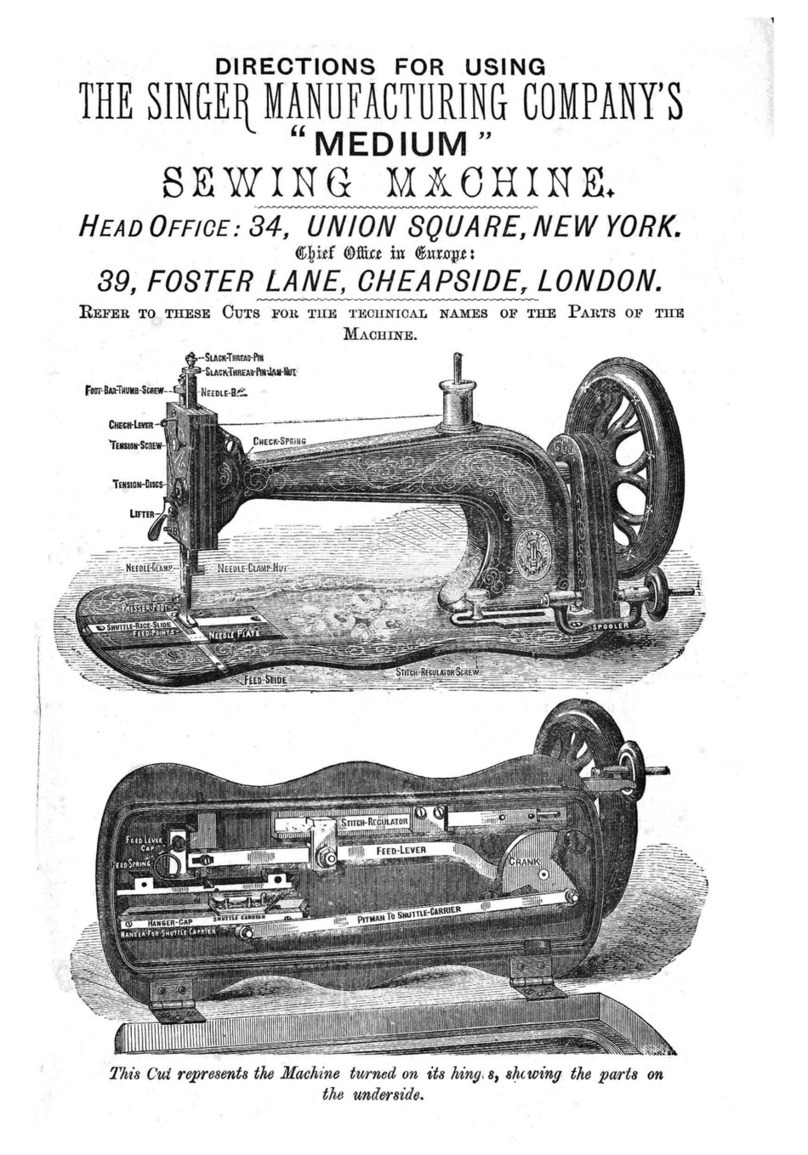
Singer
Singer MEDIUM Guide
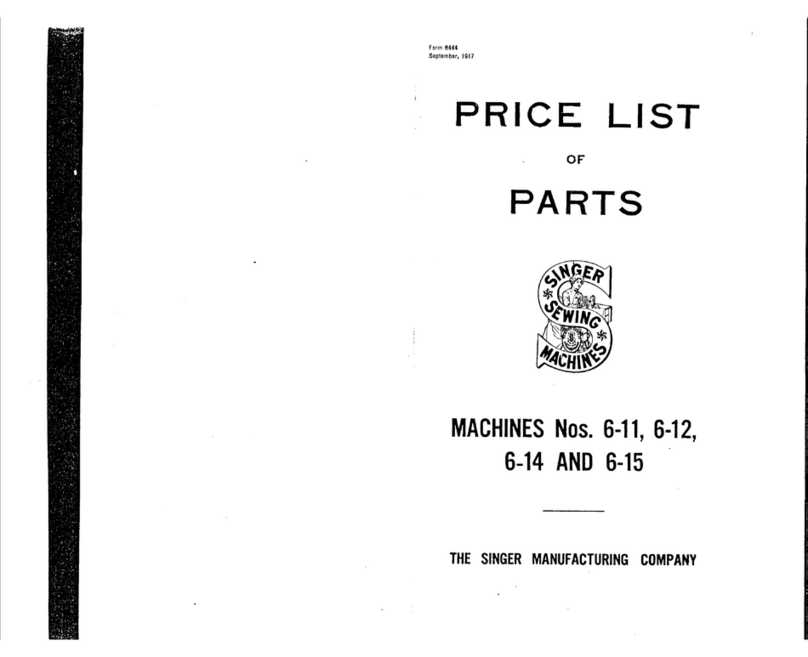
Singer
Singer 6-11 User manual
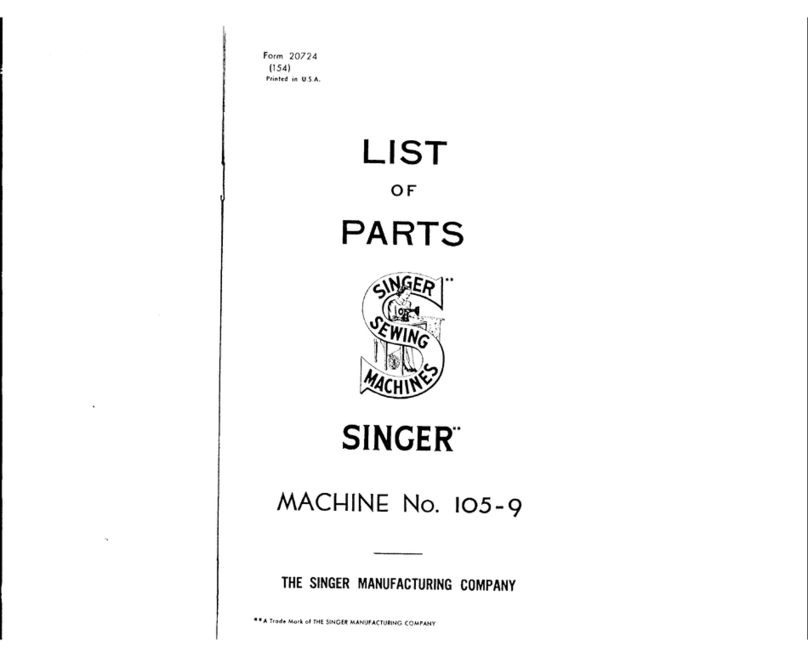
Singer
Singer 105-9 User manual

Singer
Singer 14T948DS User manual
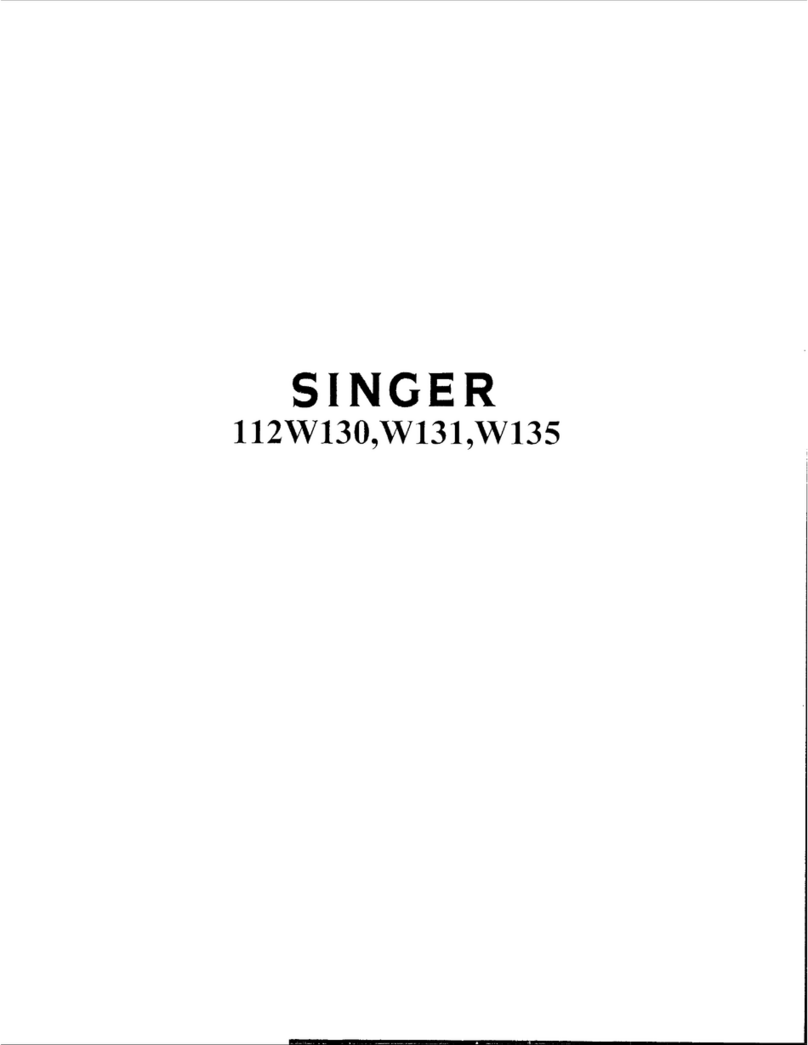
Singer
Singer 112W130 Quick start guide

Singer
Singer 5705 User manual
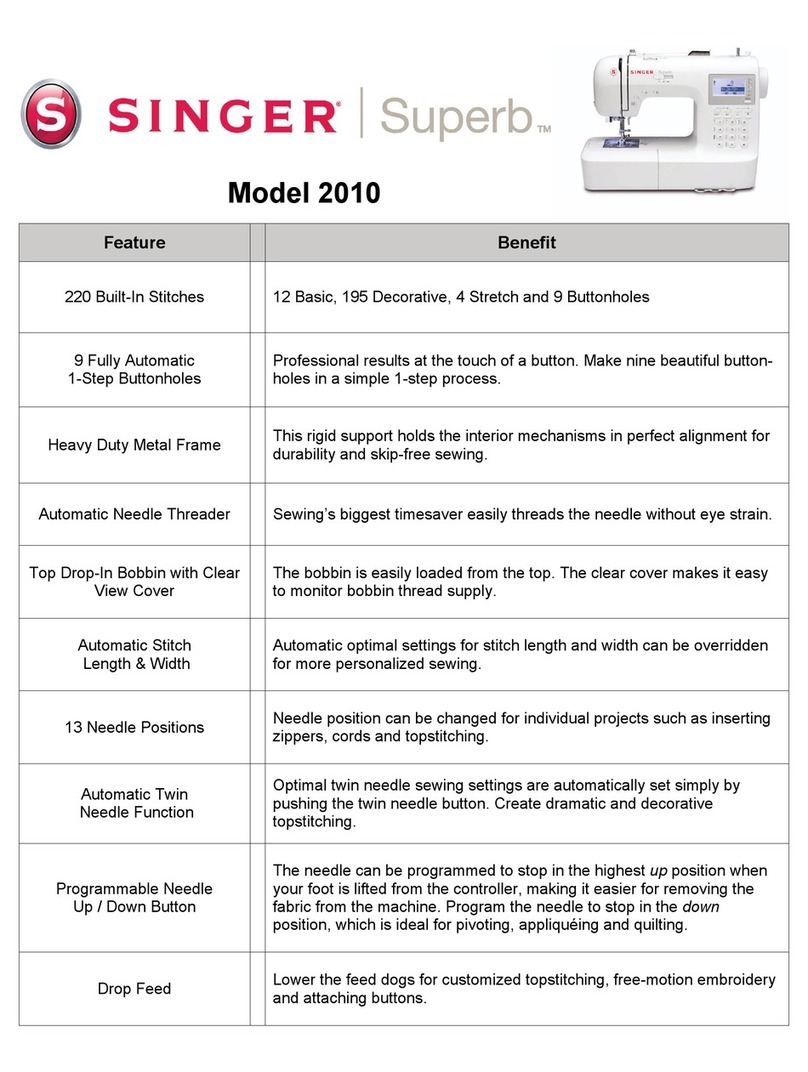
Singer
Singer Superb 2010 Owner's manual
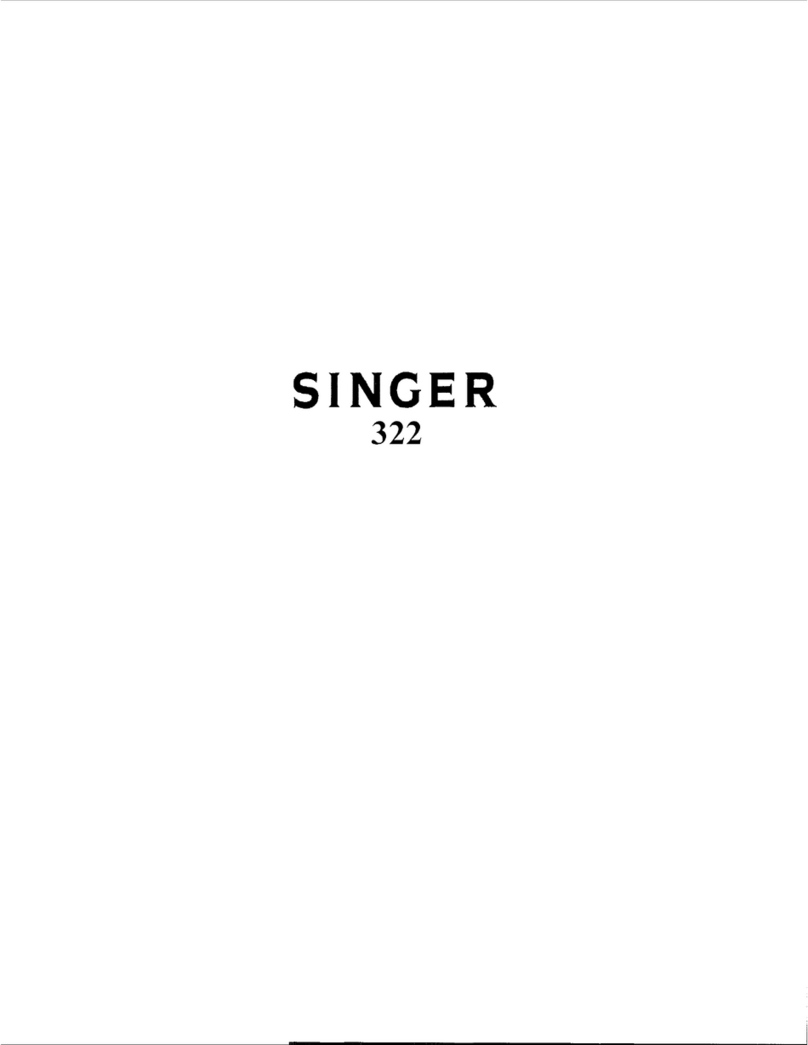
Singer
Singer 322 User manual
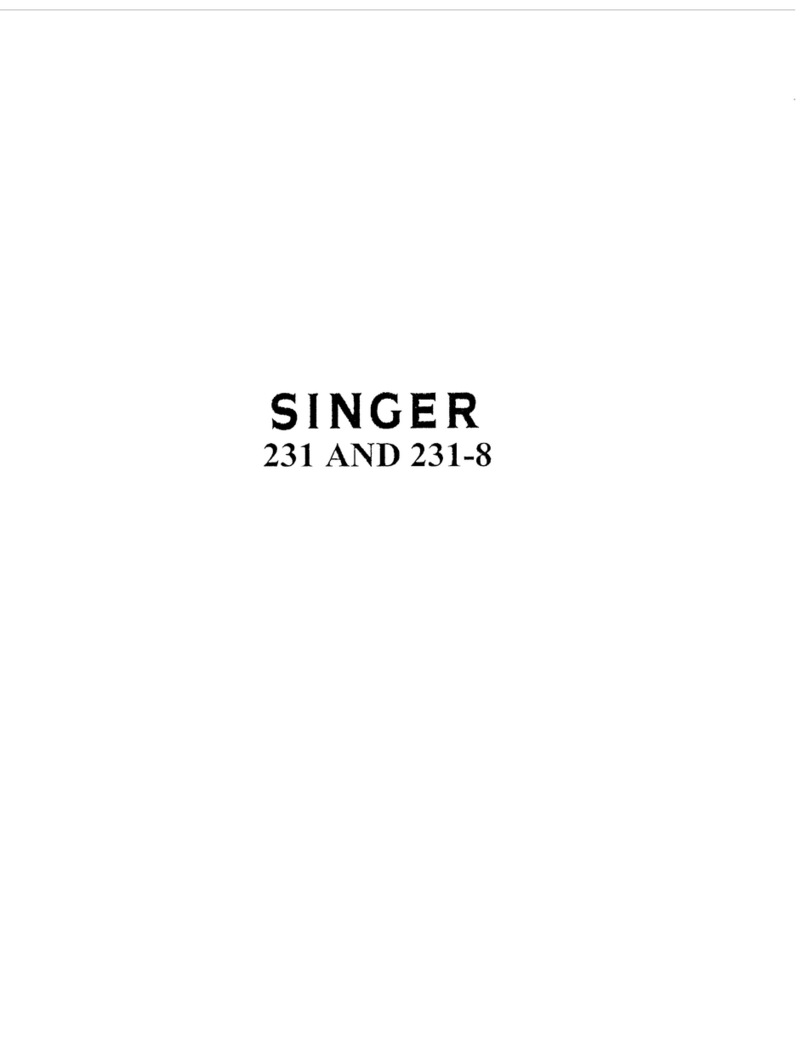
Singer
Singer 231-7 User manual
